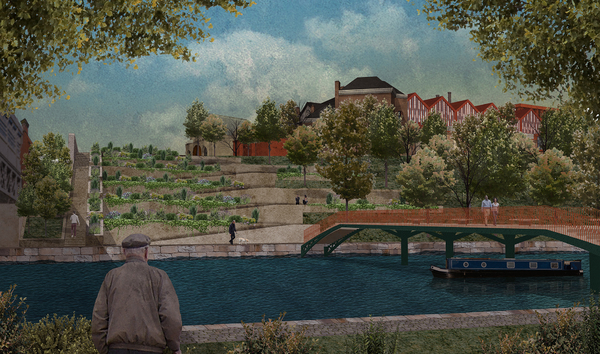This thesis investigates how architecture and urban design can turn a place, formerly used for punishment and correction with a sinister past, into a setting of psychological comfort that can contribute towards the health and wellbeing of the community of Shrewsbury. Our proposal to the former Shrewsbury prison aimed to provide a form of solution to a 21st century issue - mental wellbeing.
Further to this, the study looked into an adaptive reuse strategy and the creation of new architecture. Even though old and new are seperate, they confront each other and coexist in a state of permanent interaction, concluding with an expanded repertoire of spatial typologies.
By using ideal geometries based on the ancient Greek system of architectural spacing, we explored the integration of a contemporary architectural intervention into a segregated context, in order to facilitate its successful reuse and to establish a dialogue with the wider context.
“As in the cubist painting, when the organizational geometries do not reside in the objects themselves, the possibilities of combining the various buildings within a system of order which attributes to each piece a bit of organization becomes almost infinite.” - Schumacher 1996


